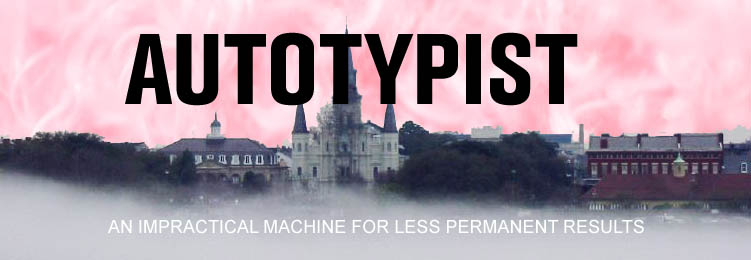The practice of Movietelling seems so fresh and unexplored. It's so rare to come upon a medium that is both relatively untapped, as well as somewhat resistant to being a novelty. For anyone not yet privy to the term Movietelling, let me begin by saying that it's a term coined by Walter K. Lew, in reference to the revived and renovated practice of the traditional Pyonsa (Korea), Benshi (Japan), Benzi (Taiwan), Lector (Poland), Gavrilov Transltor (former USSR), and other historically and culturally specific live narrators of film. It would be difficult, if not impossible, to sum up the specific function of each of these in a single description, but if we focus on the practices that are most commonly derived from today, the task becomes more reasonable. To that end, Pyonsa and Benshi, among the performances I have been associated with, seen, or read about tend to be the most common. Toward the beginning of the second decade of the 20th Century, silent foreign films were making their way to the countries of Asia (coming mainly from Europe and the United States). As the countries of Korea and Japan already possessed a rich history of stage performance (puppetry, mimes, theater and more), film might have been perceived as a similar art. And like many of the other stage performances, a narrator became a part of the film watching experience. In many cases, long before film narration, a narrator was responsible for far more than general narration; he or she may express the dialogue of each character, adopting a wide range of voices, as well as sound effects and singing. Another important note is the visual presence of the narrator: generally off to one side, as if their range of sight were to fill the gap between performance and audience. Among our current Western traditions, instances of narration are often intentionally hidden from view: a retrospective voice in a film, an announcer at a sports event, or one might even include the dubbing of a pop-singer's performance.
The Pyonsa and Benshi, as with the narrators of many other Asian genres of that period, were always exposed, though in some instances (following several decades of the practice(s)), the narrator presented (amplified) from behind the audience. The narrator often became inseparable from the film watching experience, often to the point of gaining celebrity on par (if not greater than) that of the actors. People often went to see a certain film as a result of it being narrated by a certain Pyonsa or Benshi. This tradition continued even after actors were given voices, but eventually the practice became increasingly esoteric (perhaps as a result of the technologically influenced spectacular scale of later films) and was relegated to the event listings of preservation societies and museums.
I've provided a significantly abridged version of one very small facet of the history of live film narration, and merely for the purpose of briefly contextualizing the contemporary practice of Movietelling. The broadest definition of Movietelling I could give is any instance where a human contingent mediates between an audience and an image. I say this very literally, as I understand that taken relatively it may encompass more than half the pastimes and art forms of the later part of the 20th Century. The following is a quote from my contribution to the Wikipedia "Benshi" page: "While some have adopted the term "Neo-Benshi," other performers have chosen to adopt the title "Movieteller" as an alternative to "Benshi," as they believe it emphasizes both the multicultural past and future(s) of the form, while also inviting further experimentation with the medium, such as a live narration of one's own films, the implementation of instruments as narrative devices, or any instance where a human contingent mediates between an audience and an image."
I think that Movietelling is an ideal form for emphasizing the collaborative process, reinventing the recognizable image, and contributing to a more practical avant-garde, in that it draws together an attentive group, creates new specifications from more general sources, and provides an entertaining, educating unexpected experience. It seems an appropriate medium for those interested in seeking out and/or creating new spaces wherein the distance between artifact, artists and audience is less daunting, and therefore more conducive for building community, which is itself a social art.
I've put all this down because I intend to refer to this practice often, and I hope it will assist in providing some initial context.
2 weeks ago





No comments:
Post a Comment